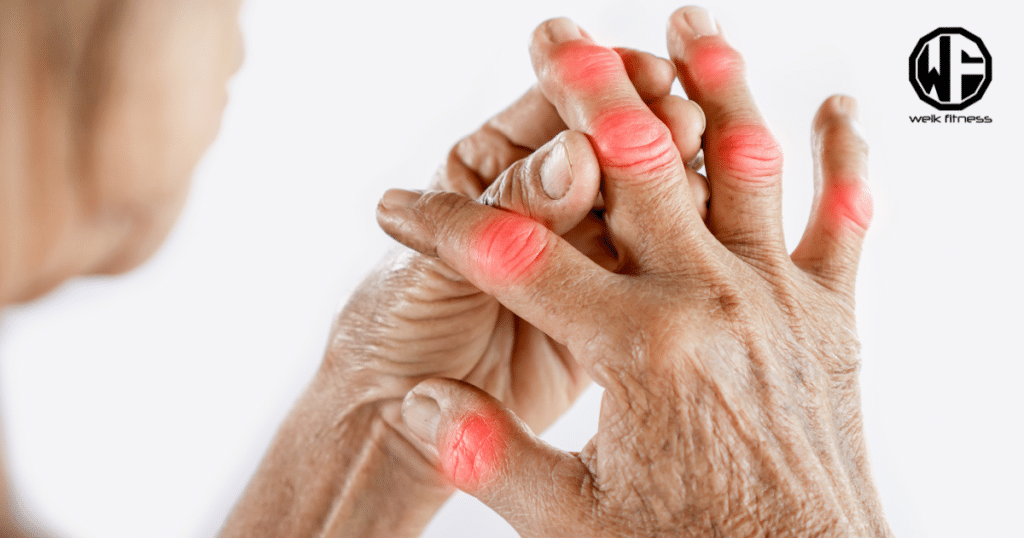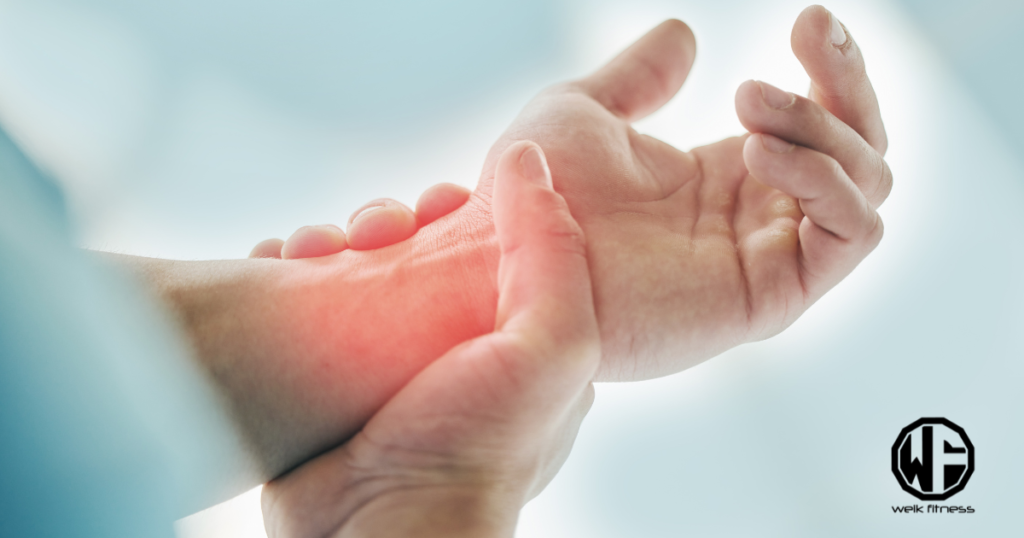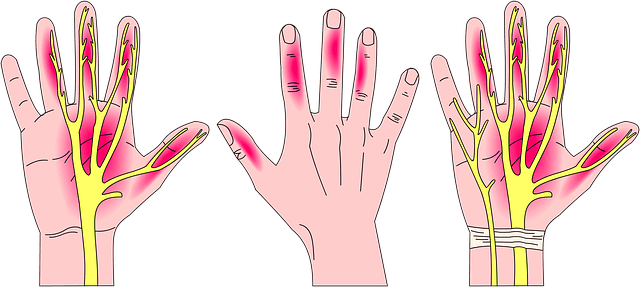Strategies for Dealing with Hand Pain During and After Exercise
Your hands are an integral part of your everyday life. This is especially true when you consider all that you use them for. It can be easy to forget or take for granted, all the things that you do with your hands. During exercise, your hands are vital to lifting weights and gripping for balance or power. Pain and stiffness can greatly minimize the strength in your hands as well as your ability to execute routine functions such as grasping objects, buttoning, or even zipping up clothing. Since your hands are such a crucial part of your daily life and exercise, you should have a basic understanding of some of the causes of hand pain and a few solutions to help you deal with it effectively.
Disclaimer: This article is for informational purposes only and is not meant to treat or diagnose any condition. It is recommended that you speak with your doctor before starting any exercise program, changing your daily nutrition, or adding any supplements to your regimen.
Table of Contents

Arthritis
Arthritis is a leading cause of hand pain. The term arthritis is an informal term used in describing joint pain or disease. It can cause the degeneration of vital cartilage responsible for assisting with the cushioning of your bones at the joint. Each of your hands consists of fourteen joints if you do not count the wrist. Since there are so many joints here, arthritis in your hands can become a significant problem. Apart from the degeneration of cartilage, you may experience other painful, and at times, debilitating symptoms at or around the joints of your hands such as:
- Inflammation
- Swelling
- Stiffness
Injury
Since regular exercise requires repetitive movements in order to condition your body, it is possible that a simple overuse or overexertion injury could occur as a result. This can create hand pain when unnecessary stress is placed on the tissues and joints of your hands. A few of the overuse injuries that you could experience include:
- Tendon pain
- Carpal tunnel syndrome
- De Quervain’s Tenosynovitis
- Skier’s thumb

You could also experience other types of injury as a result of exercises such as fractures or dislocations. These types of injuries will usually present with acute hand pain, and require immediate attention. If you experience a fracture or dislocation it is important that you stop what you are doing, as continuing could cause additional damage.
Fatigue
Fatigue could be causing your hand pain, or put you at risk of developing hand pain as the result of injury due to fatigue. A major effect of fatigue can be the failure of muscles to maintain the proper form or grip strength. When this happens, you can become more susceptible to injuring yourself. If you are continuing to the point of failure when you experience fatigue in your hands and forearms, then you are putting yourself at risk for developing overuse or overexertion conditions.
De Quervain’s Tenosynovitis and Hand Pain
De Quervain’s Tenosynovitis is a particularly painful condition that affects your thumbs tendons that travel to your wrist. Inflammation occurs in your extensor pollicis brevis and abductor pollicis longus which are the two tendons of your thumb. As a result of the inflammation, it can be painful to grasp objects and/or turn your wrist.
The exact cause of this disease causing hand pain is not known, but it can be significantly aggravated by repeated wrist and hand motions such as lifting weight and sports including golf, hockey, or tennis. Symptoms of De Quervain’s Tenosynovitis include:
- Swelling and pain near or located at the base of the thumb
- Difficulty shifting your wrist and thumb when performing a pinching or grasping movement
- Sensations such as a stop and go, or a sticking when moving your thumb
Strategies for Dealing with Your Hand Pain

You should always discuss sudden and severe, lasting pain with your doctor to ensure that you are getting the appropriate diagnosis and treatment. However, when you are dealing with hand pain there are some simple solutions that you can implement on the go, or in the comfort of your own home.
Related Article: Make Popeye Jealous — The Best Forearm Workouts with Dumbbells
When dealing with hand pain from conditions such as arthritis, carpal tunnel, and injury, you may find it helpful to use orthotics such as braces. Bracing an injured thumb or entire hand and wrist can provide the necessary support to relieve unnecessary tension or stress on the affected area. This can also promote the healing of affected tissues.
Cold and heat can help significantly reduce stiffness in your hand. It can also help to reduce the inflammation or swelling that is causing your pain. When cooling or heating the hand you may also want to try elevating it above your heart level. This can assist furthermore in reducing swelling. Combining these strategies alongside a nonsteroidal anti-inflammatory medication such as aspirin, ibuprofen, or naproxen can be an effective self-care remedy.
Stretching exercises for your hands can go a long way in building grip strength, as well as helping improve flexibility and range of motion. These types of exercises focus on your hand’s tendons and muscles in an effort to strengthen them so that they can better handle and absorb the stress placed on the joints. If necessary, you can consult a physical or occupational therapist for guidance if your hand pain persists.


*Disclosure: This article may contain affiliate links or ads, which means we earn a small commission at no extra cost to you if you make a purchase through these links. These commissions help support the operation and maintenance of our website, allowing us to continue producing free valuable content. Your support is genuinely appreciated, whether you choose to use our links or not. Thank you for being a part of our community and enjoying our content.
PLEASE CONSIDER SHARING THIS ON YOUR SOCIAL MEDIA TO HELP OTHERS LEARN MORE ABOUT THIS TOPIC.





